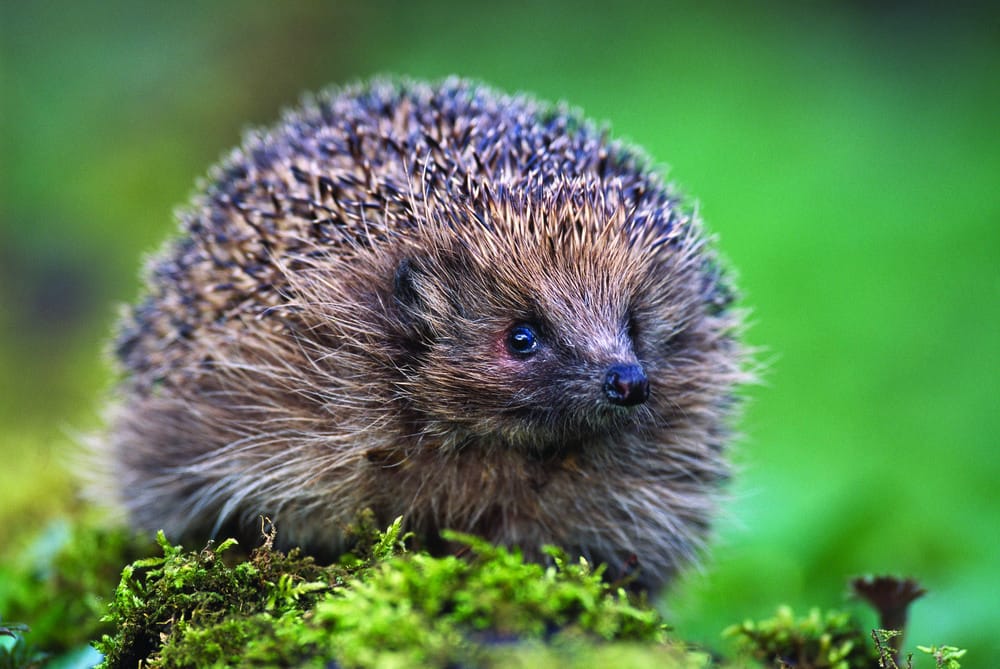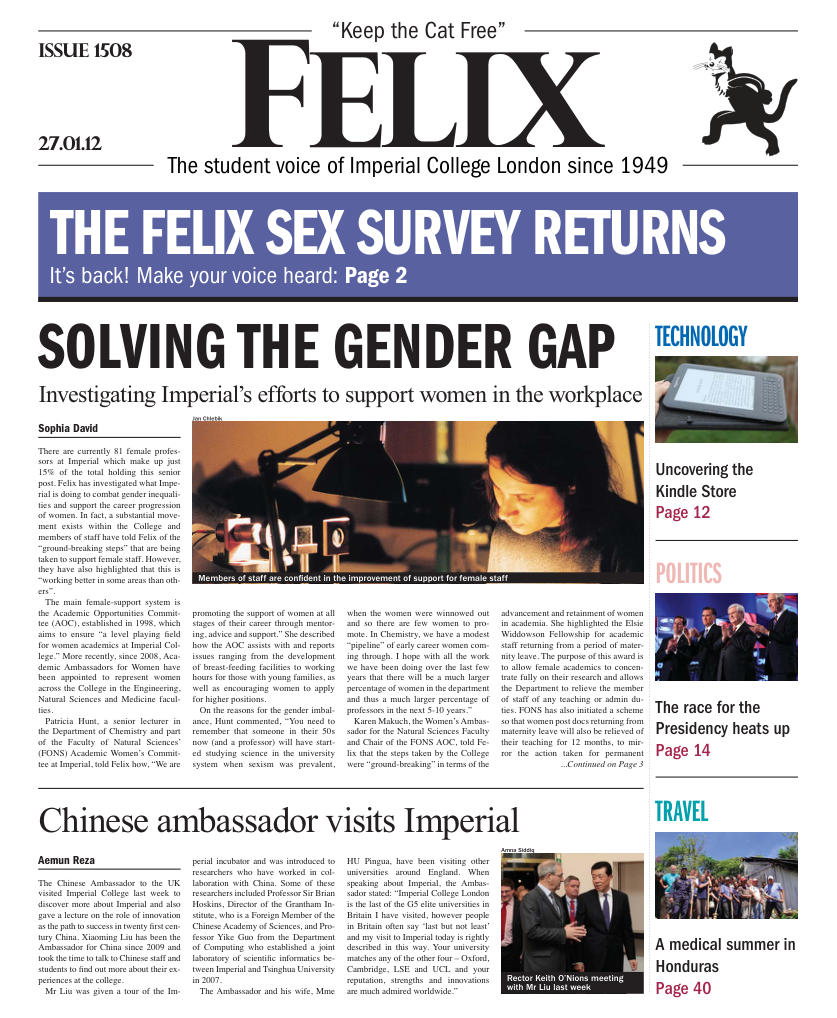The phenological fallacy
Christopher Nichols on why the first cuckoo of spring doesn’t necessarily tell us much

A recent flurry of articles expounding the effects of the current mild winter on the natural world serves to remind us of the consequences of climate change, but do these examples contain any scientific meaning, or are they merely interesting, if foreboding, anecdotal tidbits? Spring flowers such as hazel catkins, snowdrops, and daffodils, traditionally expected in late January or early February, have been seen across the UK from as early as Christmas Day. Hedgehogs and other hibernating mammals such as bats have been active in defiance of their normal winter tactics, whilst red admiral butterflies have been taking advantage of the almost balmy climate. Even the birds and the bees are following suit by living up to their eponymous phrase earlier than in previous years, with robins singing, wood pigeons rearing young, and buff-tailed bumblebees managing to emerge uncharacteristically early. Keeping records of such phenological events is entrenched in British tradition. Records of the first cuckoo of spring or the first leafing dates of trees have been kept for hundreds of years. Data such as this can prove useful in providing evidence for the effects of anthropogenic climate change on individual species or groups. For instance, it has been shown that since 1939 UK birds such as the wren have been steadily breeding earlier. Countless examples of phenological advances such as this can be found across a diverse range of organisms, but can they advance our understanding of the deeper biological implications of climate change on ecosystems? When taken in isolation, the answer is not really. A 2005 paper by Dutch scientists Visser and Both acknowledged the fact that on its own, evidence of phenological advances could illustrate contrasting climate change impacts. Positive if the advances were evidence of adaptation to climate change, or negative if that species was becoming increasingly out of synchronisation with its environment. The latter cannot be known unless data also exists for other important species with which it interacts, for instance we cannot know if an advance in flowering date is beneficial or detrimental to a given plant unless we know whether or not its insect pollinator has also advanced. The point is a ‘yardstick’ by which to judge the potential impact of a phenological shift on a species is needed. Whilst this may seem obvious, more cryptically it has also been shown that the use of these ‘firsts’ is fundamentally a poor indicator on which to judge the effects of climate change on a species. Granted, the ‘first’ cuckoo of spring has been getting earlier and earlier, but this data alone tells us nothing about what the rest of the population is doing. It would be much more informative, according to Jean-Pierre Moussus and colleagues, to use the mean date of a phenological event to analyse and predict the effects of climate change on a population. Unfortunately phenological data for many individuals in a population is a rare luxury, let alone equivalent data for the species with which they interact. Many researchers however, unlike some species to climate change, are adapting to this way of thinking and are designing experimental systems accordingly, with the aim of painting a more complete picture of the impacts of climate change.







